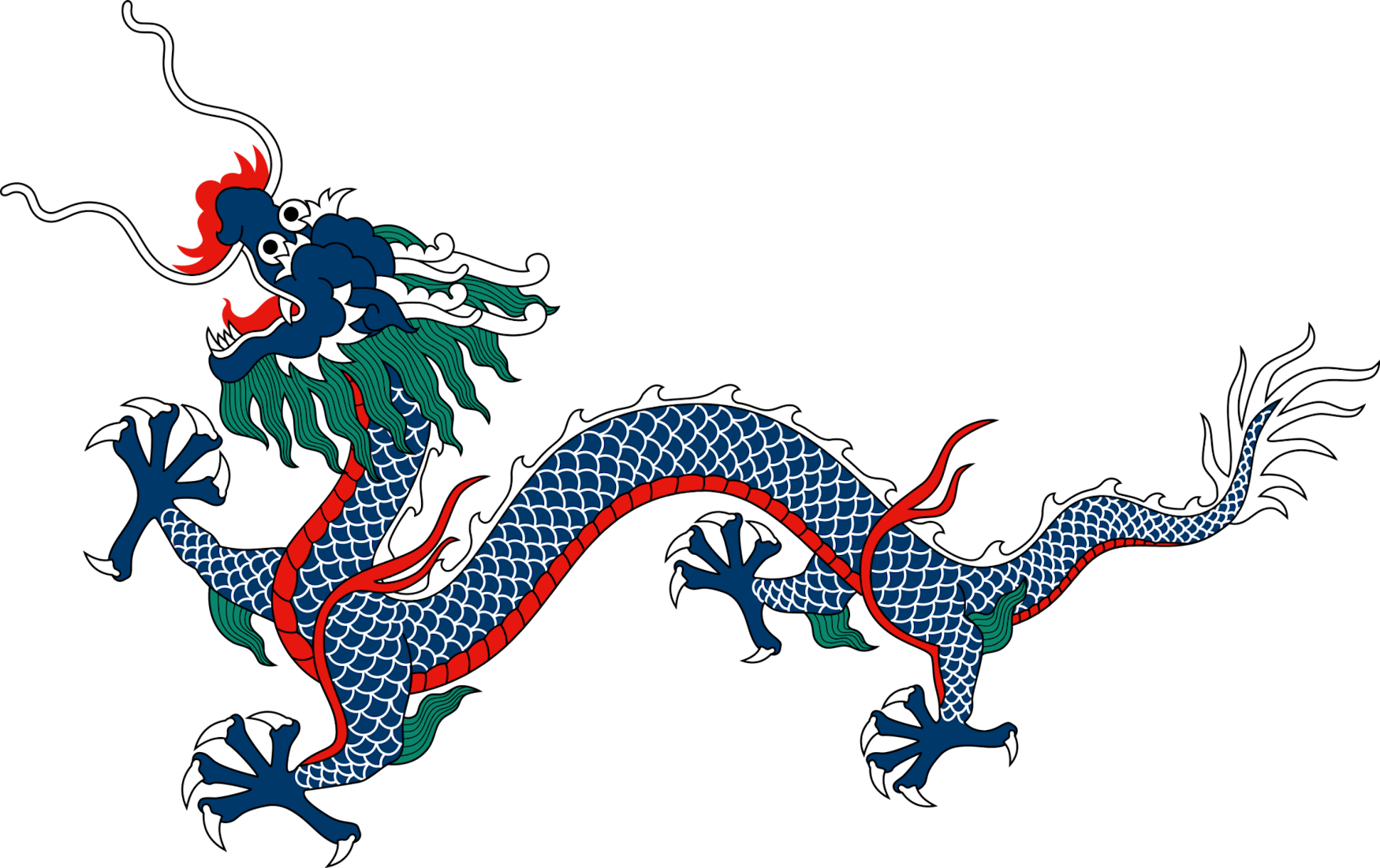Chinese New Year
Chinese New Year, also known as the Spring Festival (春节), is the most important traditional holiday in Chinese culture. It marks the beginning of the Lunar New Year and is celebrated by Chinese communities around the world. The date of the Chinese New Year varies each year, as it is based on the lunar calendar. This year, the Chinese New Year is this upcoming Saturday, Feb. 10. The celebration of Chinese New Year not only symbolizes the transition into a new year but also promotes the preservation of ancient rituals. Throughout the ages, the Chinese always treat the Spring Festival as the #1 most important festival. Several ancient rituals passed down from generations are now standard family traditions.
Cleaning and decorating the houses (扫尘布置) is an important tradition that almost every Chinese family does before the new year. Cleaning the houses (扫尘) not only refers to cleaning the physical space in house meticulously, but also symbolizes to sweeping away misfortune from the past year. Decorating the houses (布置) means filling the house with red decorations, which represent luck and prosperity. Every family member participates in cleaning and decorating the houses. This shared effort among family members not only upholds the tradition, but also demonstrates a collective aim to welcome the new year and invite positive energy into home.
For the Chinese, the new year is not only the start of a fresh year, but also a time to reunite with family. Regardless of geographical distances, everyone travels back home and reunites with their families on New Year’s Eve to have dinner together. This dinner is called 年夜饭, which can be translated to “New Year’s Eve Dinner.” It not only reinforces the connection between family members but also demonstrates the core of Chinese culture: harmony. In addition, the selection of the festive dishes for 年夜饭 is also deeply meaningful in that people pick dishes with good meanings. For example, serving fish at the New Year Eve Dinner symbolizes prosperity, as the Chinese word for fish, 鱼, sounds similar to the word for surplus, 余. Thus, 年夜饭 also embodies the well-wishes Chinese people extend to the approaching New Year.
The tradition of giving and receiving red envelopes, known as 压岁钱, is an important tradition during the Chinese New Year. Based on a folktale, there was once a mythical beast called “Nian,” who would terrorize villages during the New Year. To keep kids safe, elders started giving money in red envelopes called 压岁钱, which means pressing down and dispeling “Nian.” Thus, 压岁钱 are typically presented by elders to the younger generation, which in turn demonstrate elders’ blessings and wishes for good luck to kids. These envelopes are characterized by their vibrant red color, which symbolizes luck, happiness and prosperity.
Setting fireworks and firecrackers (放烟花) is another Chinese New Year tradition. Based on the Nian folktale, the loud sounds and bright lights formed by fireworks and firecrackers are believed to have the power to scare away Nian and upcoming misfortune. However, nowadays the vibrant colors and loud sounds together create a lively and dynamic atmosphere.
As the festival approaches, people in China start to get ready for the Chinese New Year with a few pre-holiday preparations, creating an atmosphere charged with anticipation and excitement. Chinese students in the United States often are unable to spend the new year with their families due to the differences in schedule; therefore, I encourage Chinese students to connect with one another to celebrate this festival together to form a sense of belonging. I also encourage students from other diverse cultural backgrounds to join their Chinese peers in celebrating the Chinese New Year to foster a richer celebration and promote cultural exchange. Wishing everyone a joyful Chinese New Year! 新年快乐!



Please note All comments are eligible for publication in The Justice.